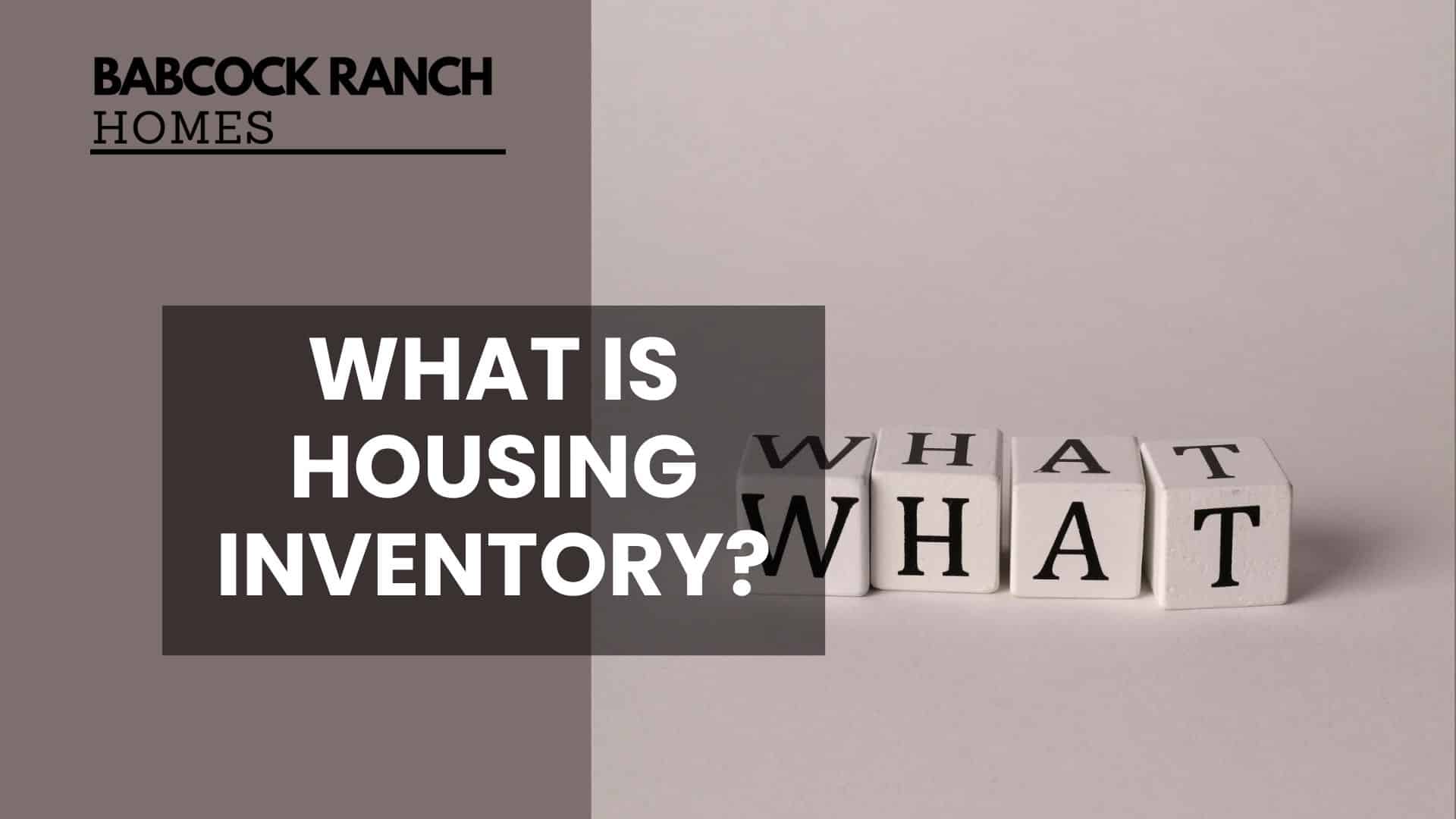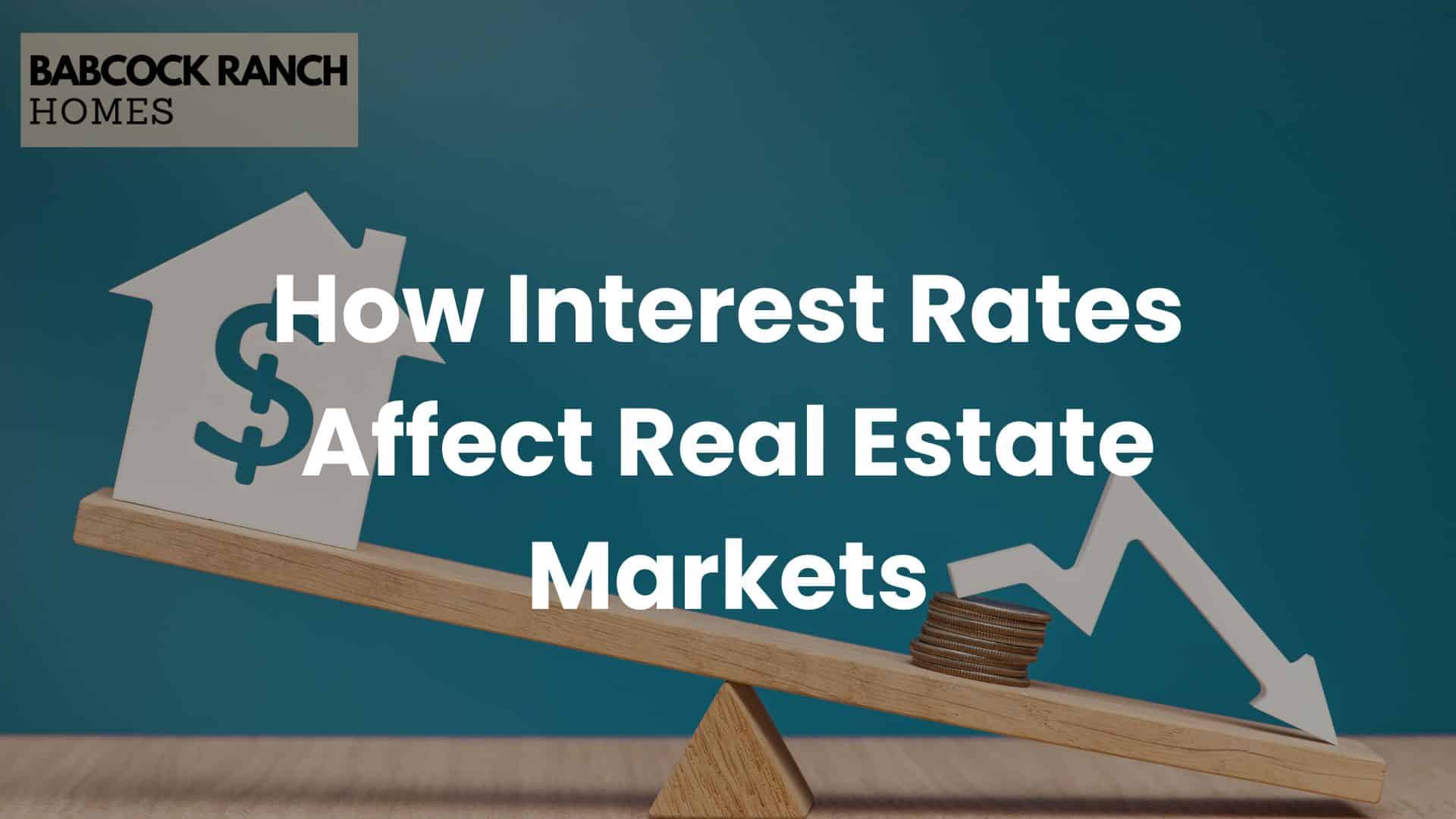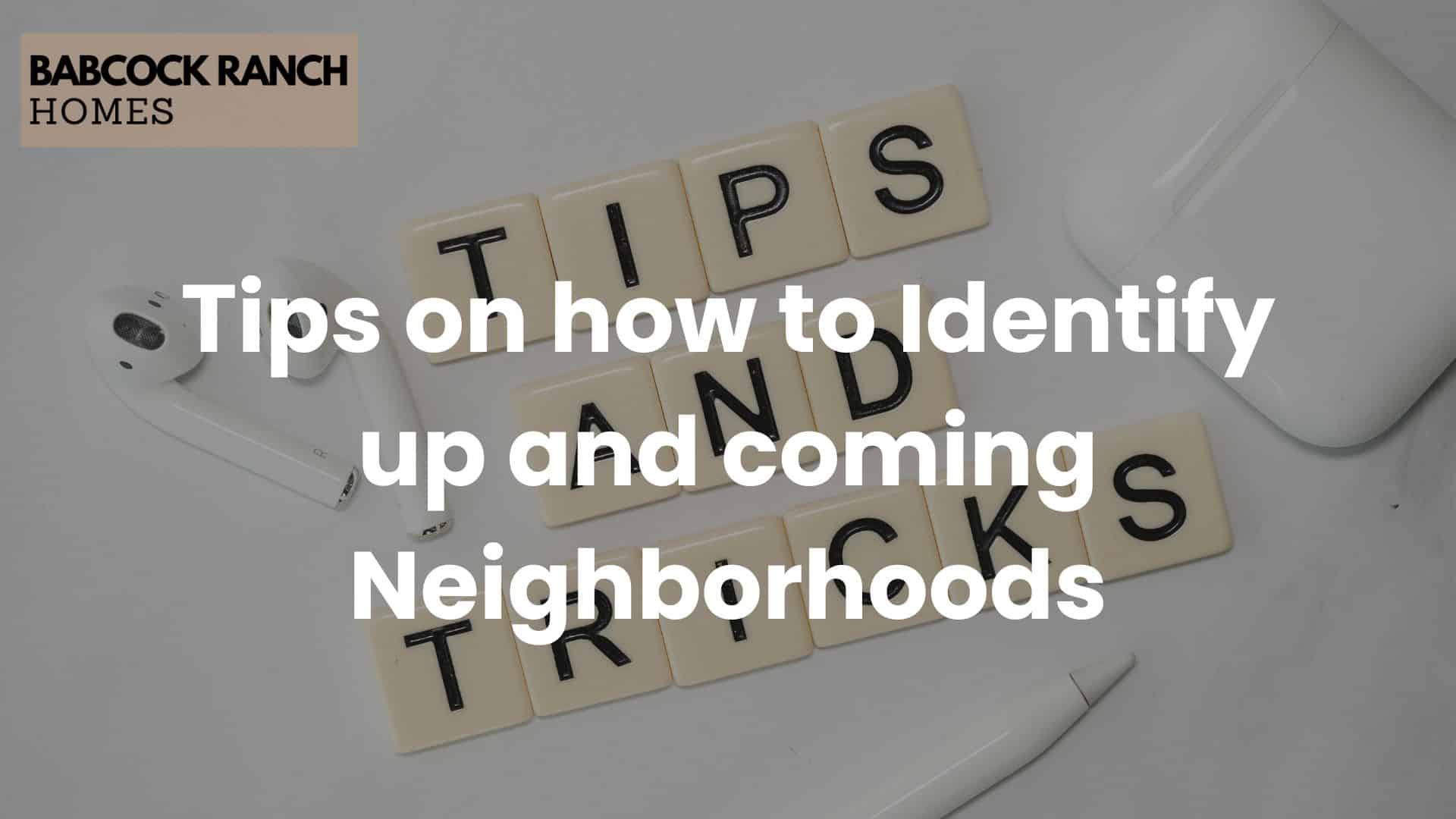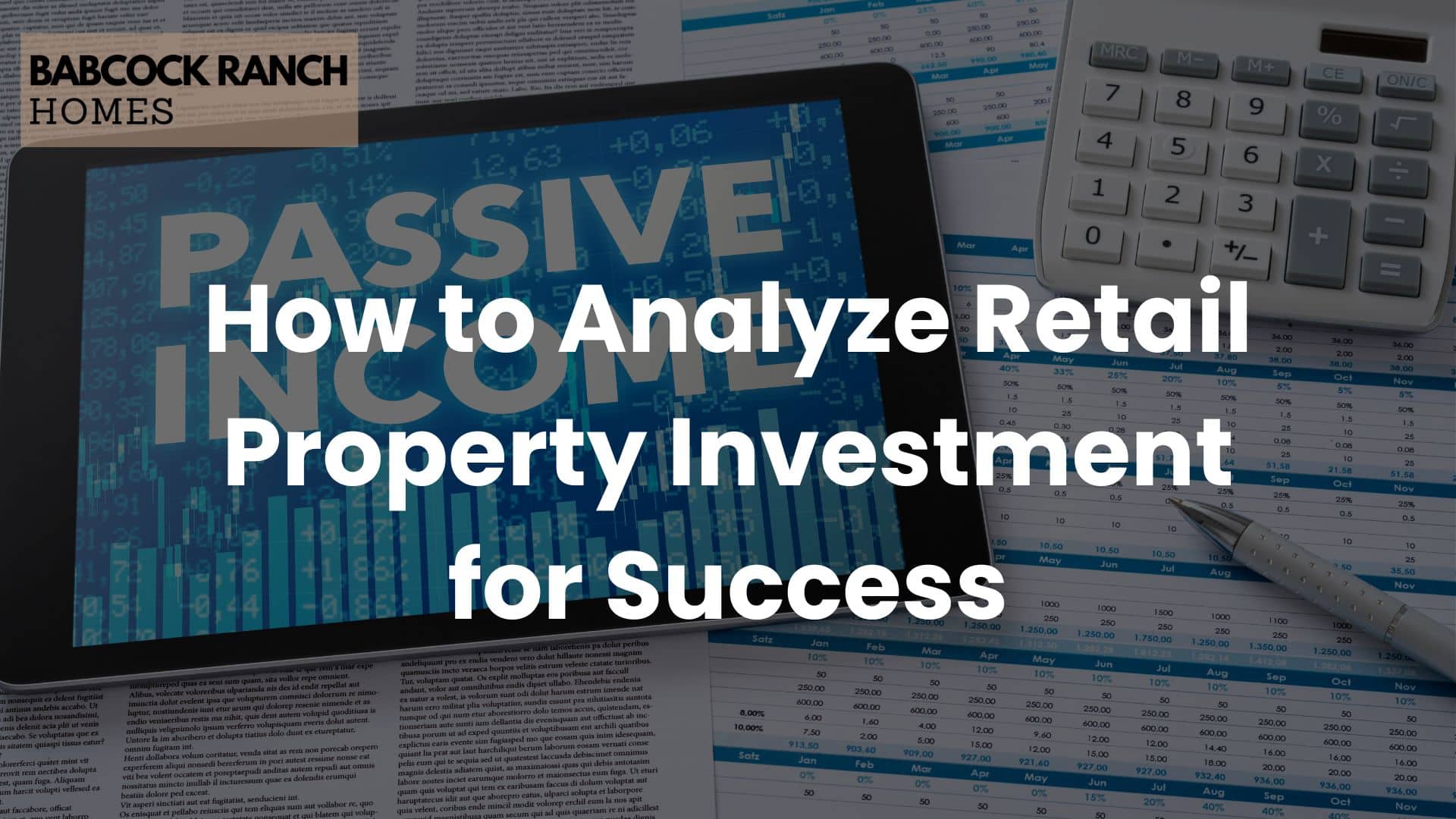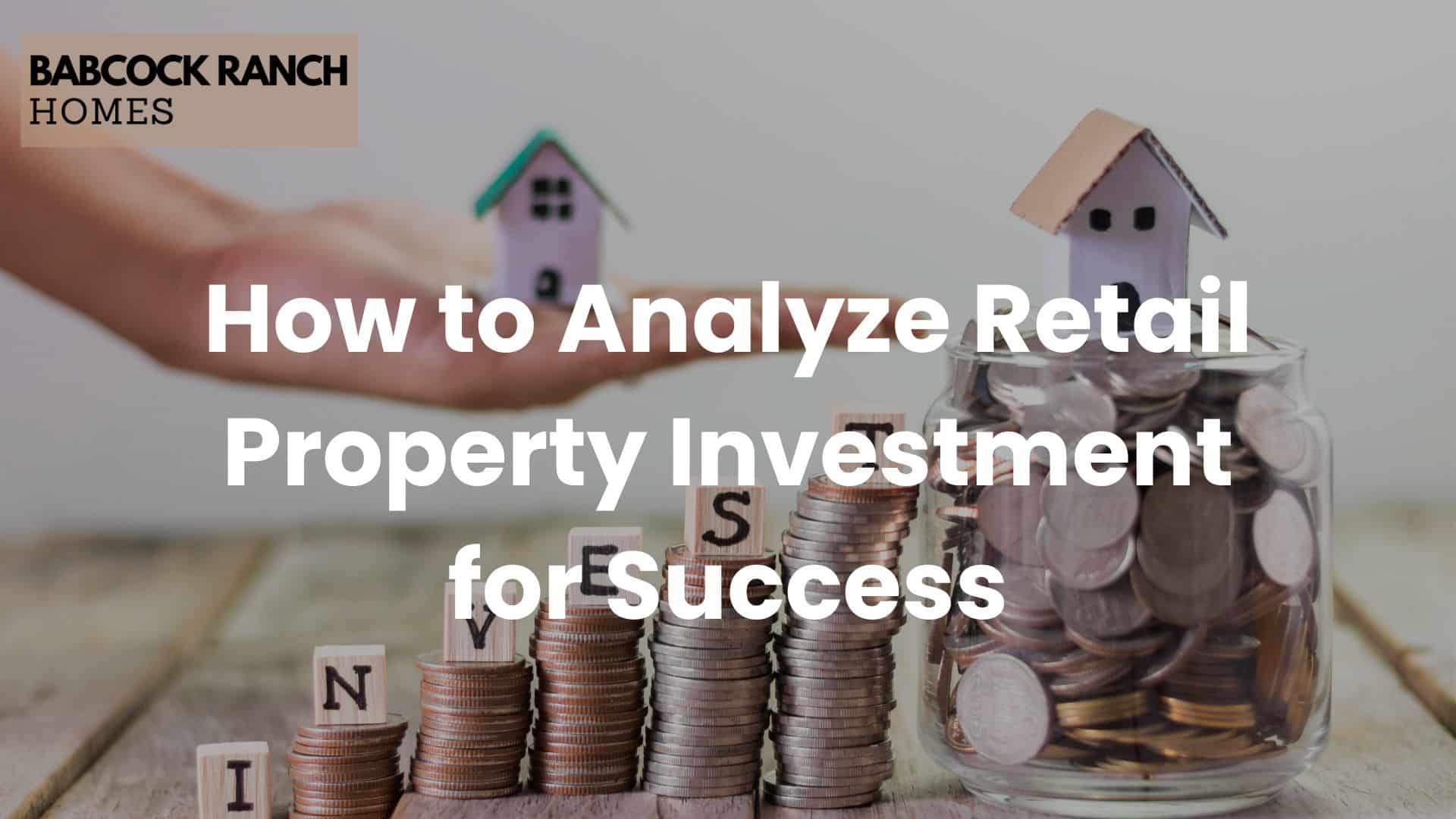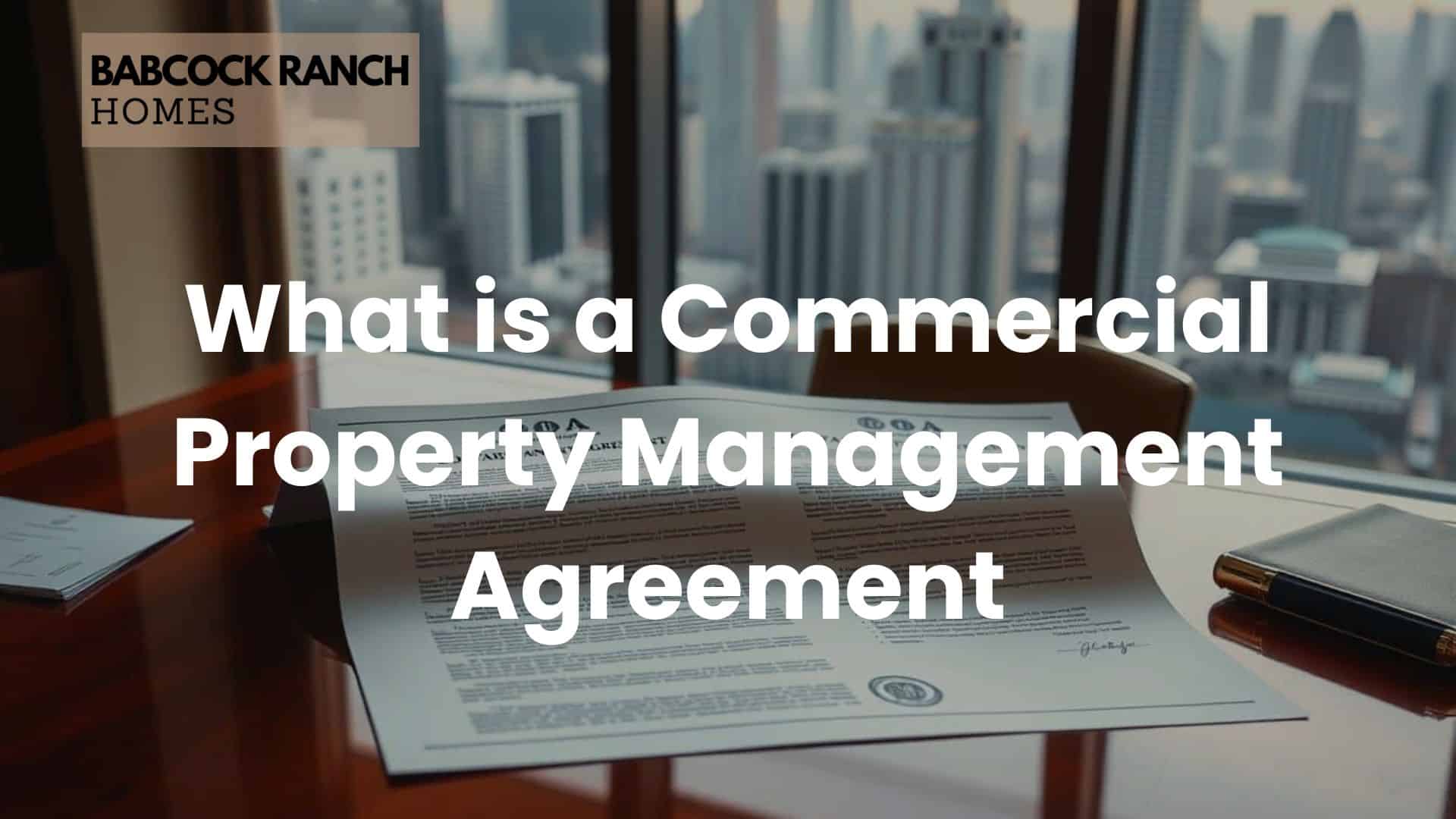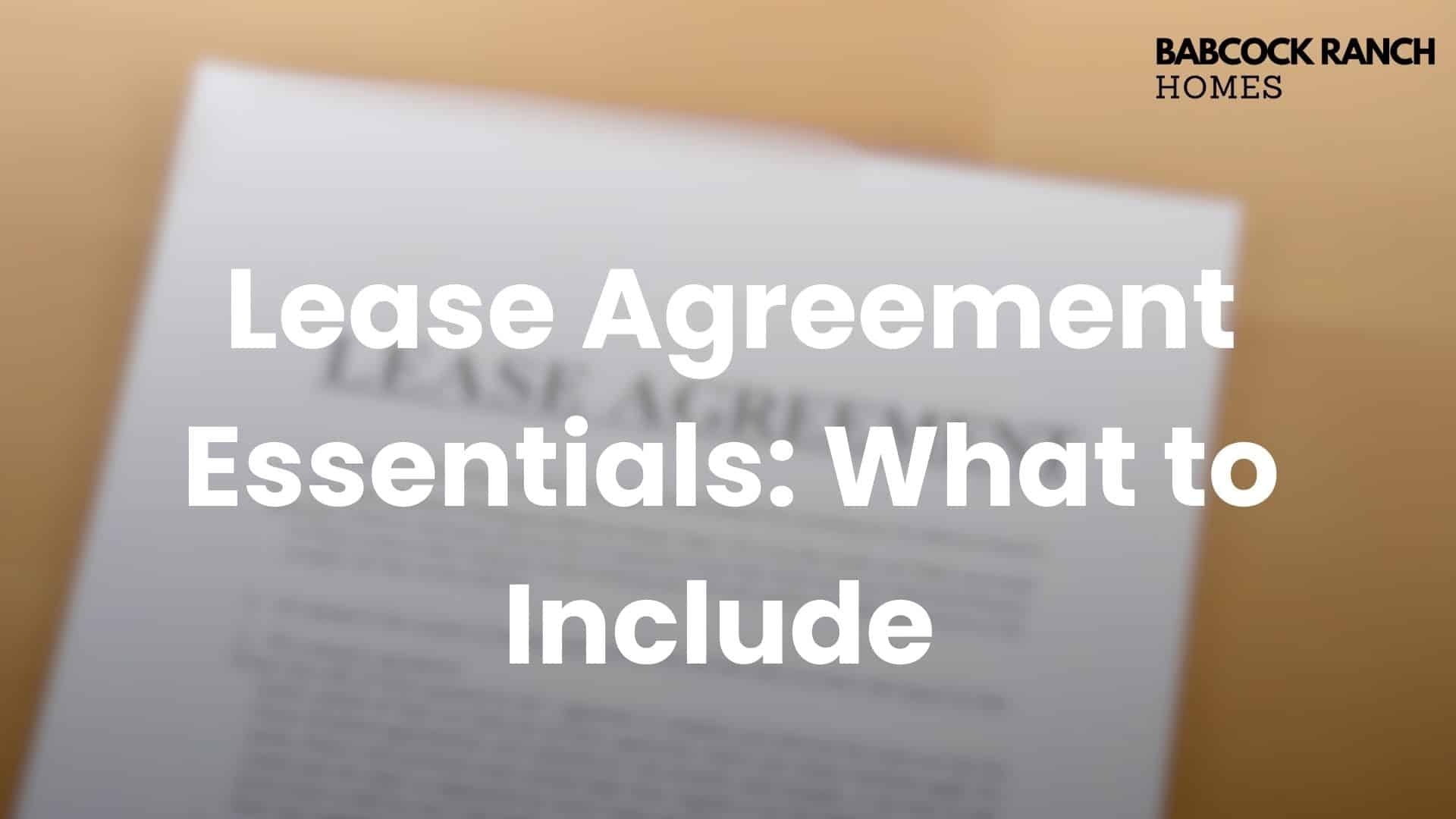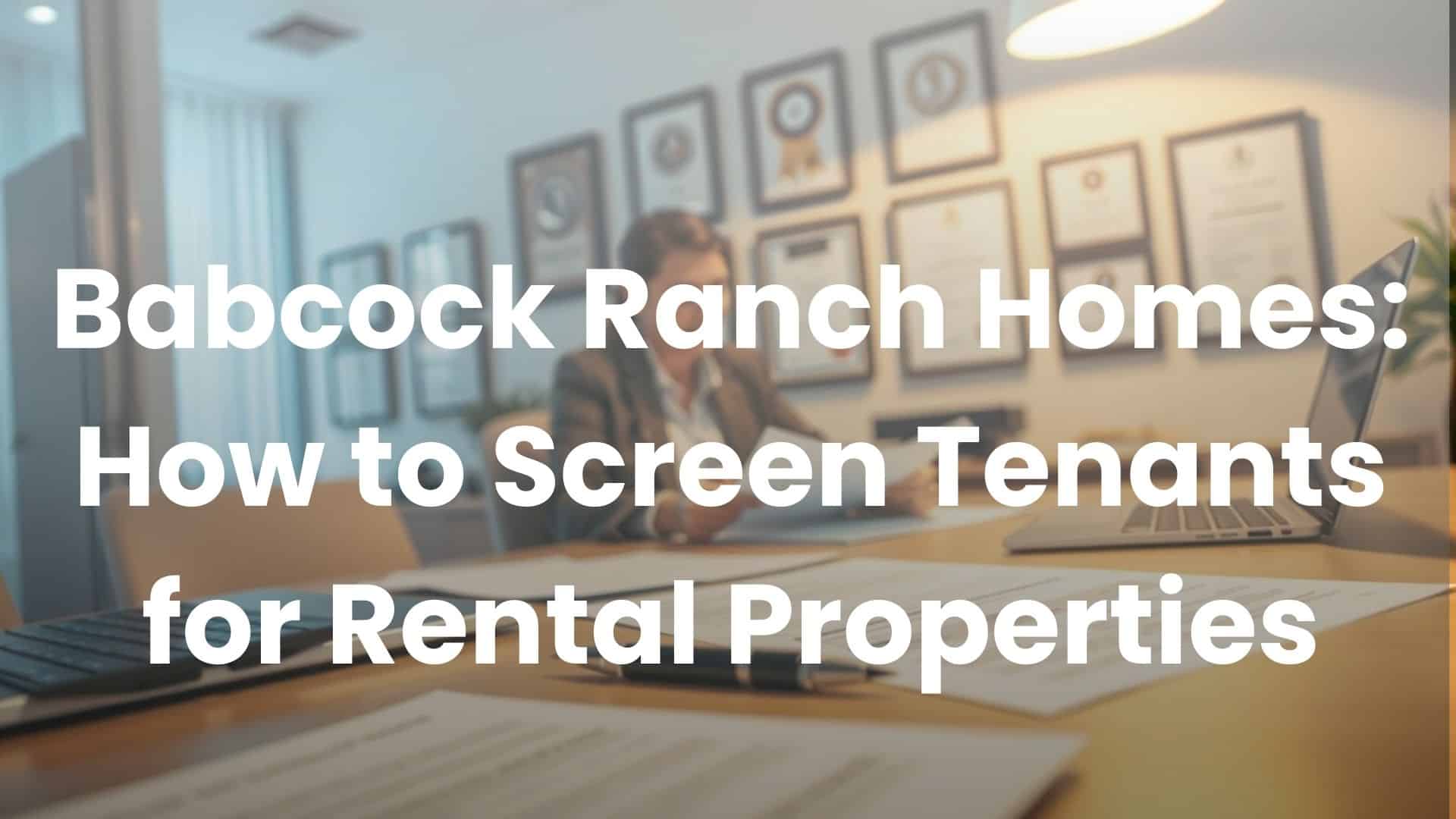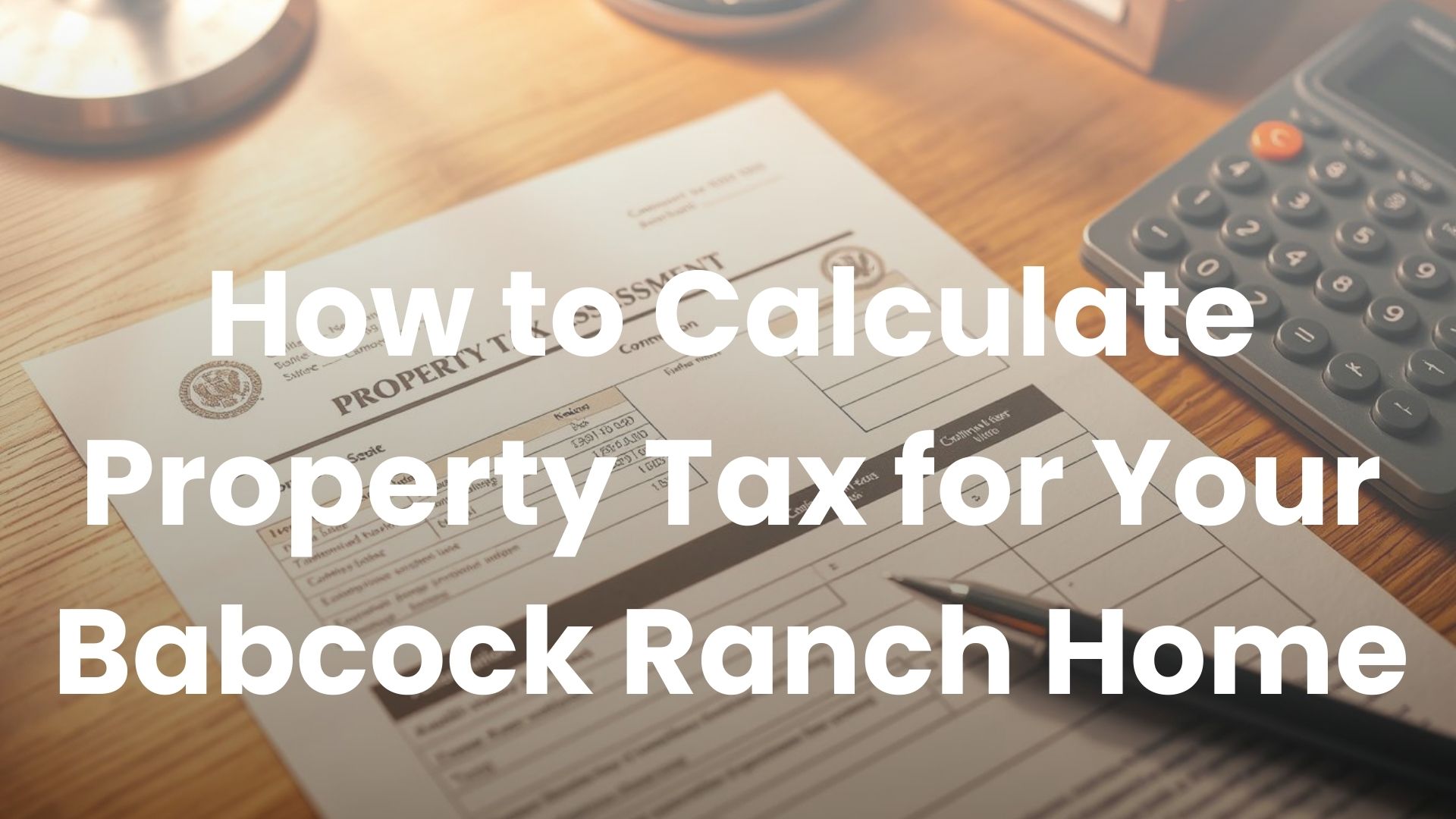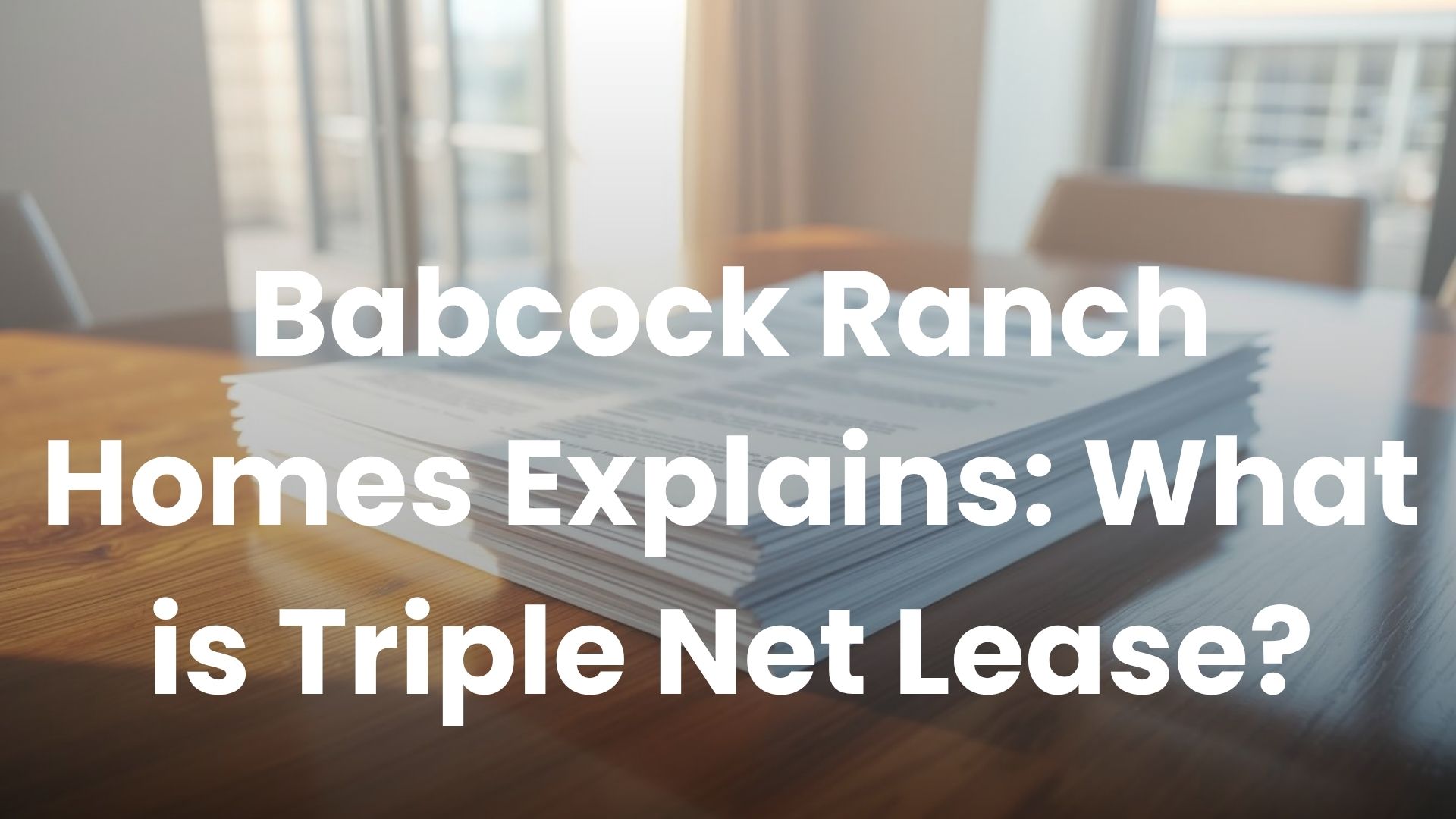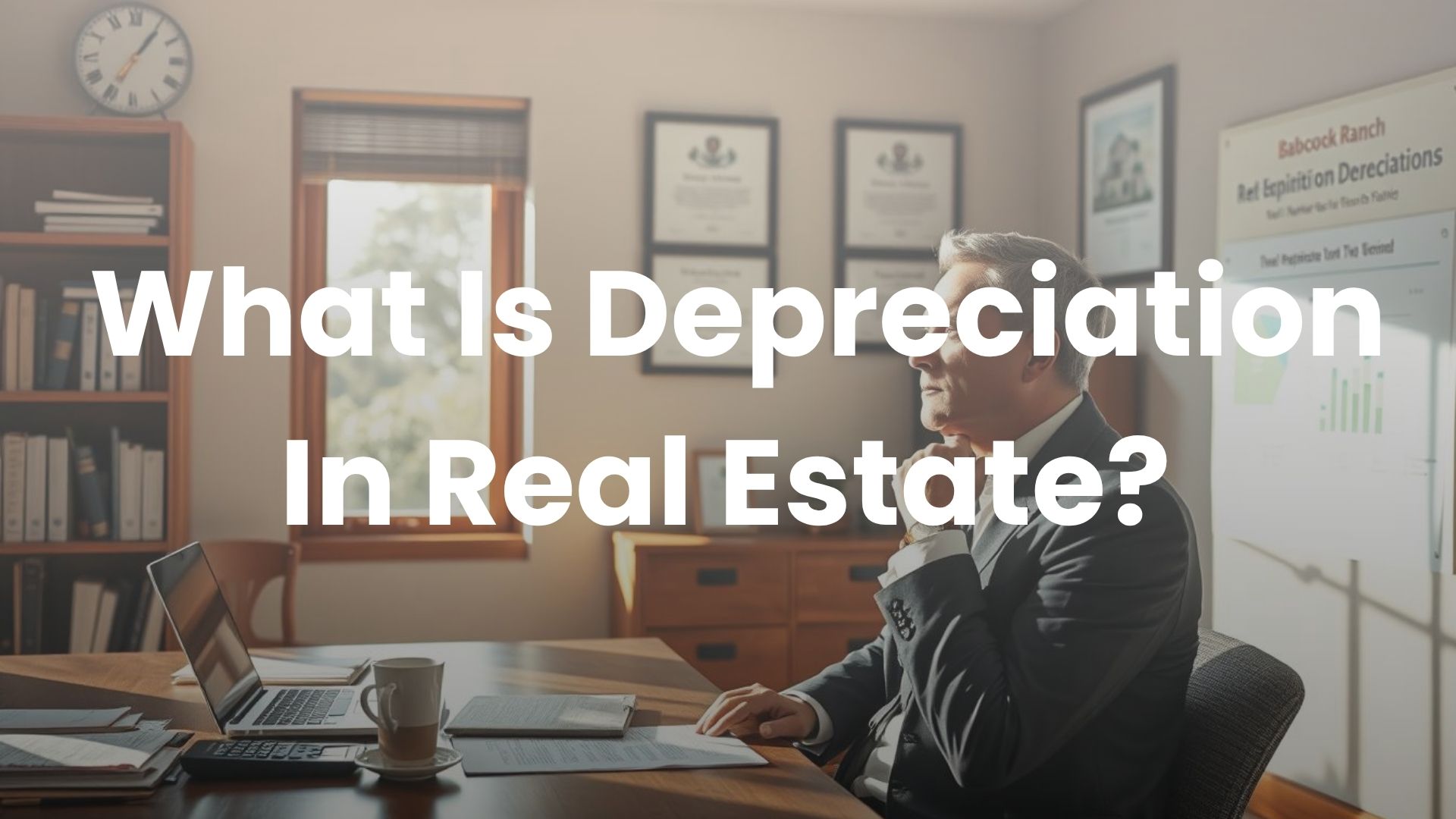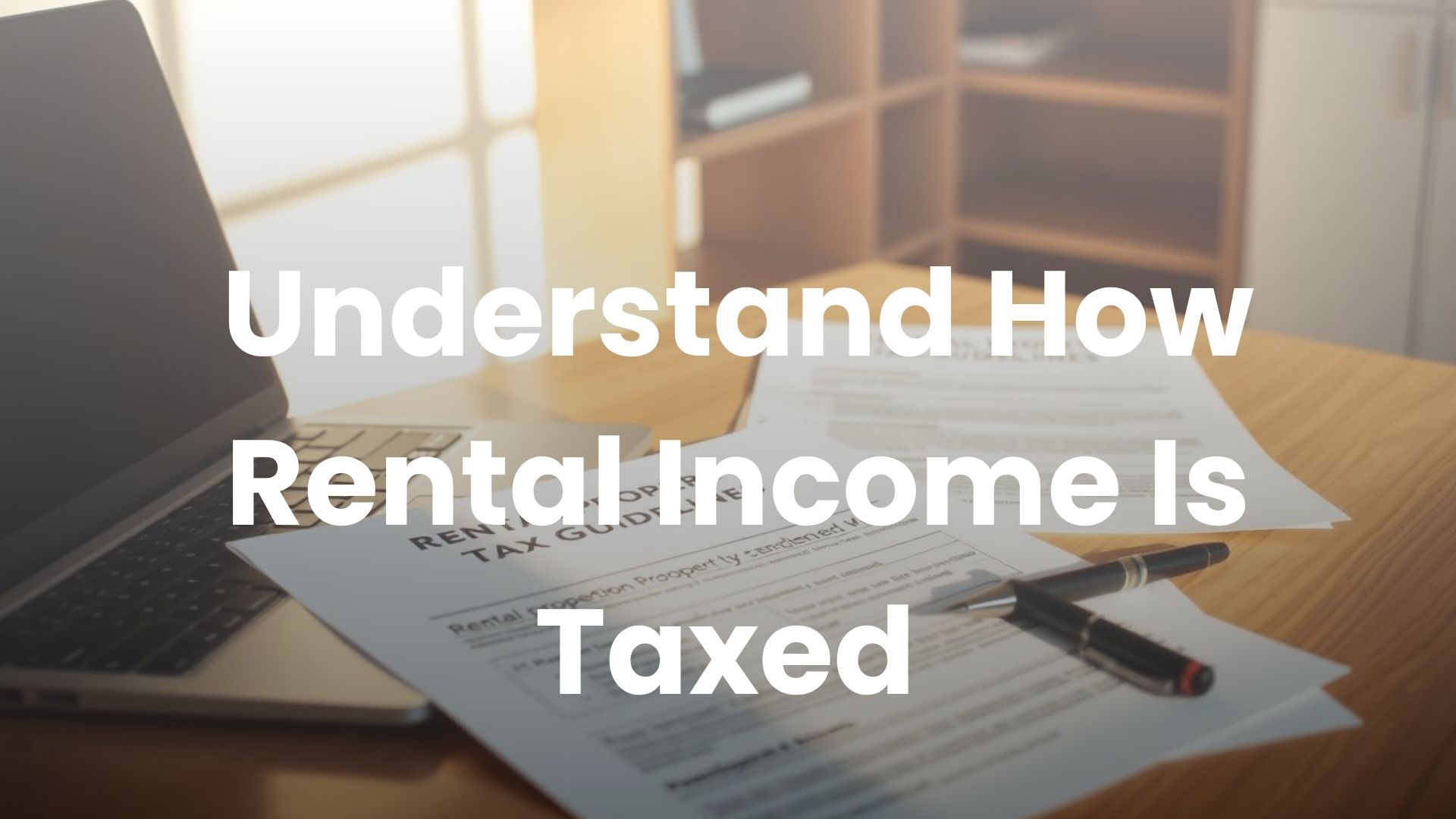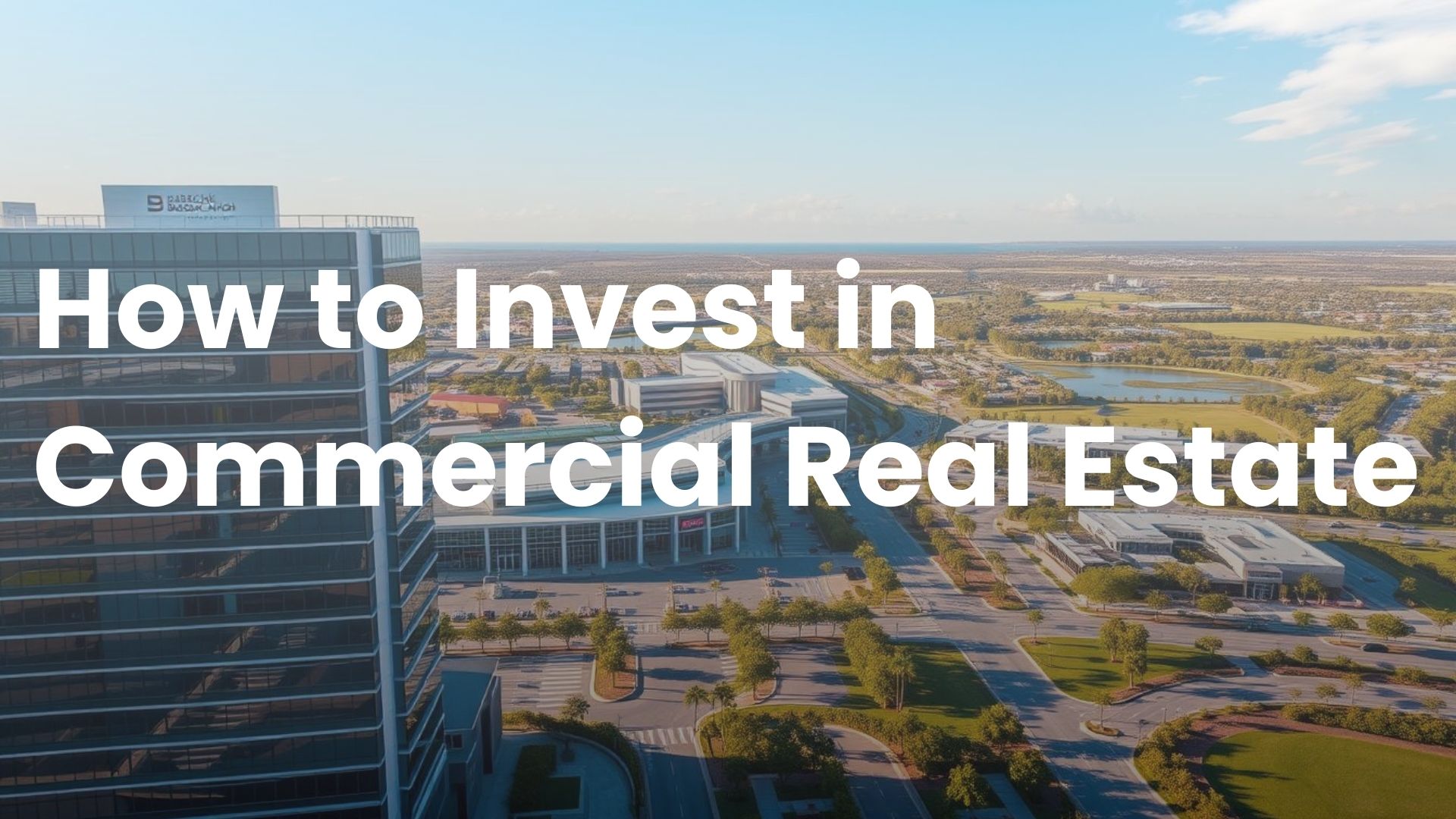
Property growth doesn’t always rely on market luck. While natural appreciation occurs over time, savvy investors focus on proactive methods to accelerate returns. This approach transforms underperforming assets into high-value opportunities.
At Babcock Ranch Homes, serving Florida’s innovative Babcock Ranch community, experts emphasize boosting net operating income (NOI) through targeted upgrades. Whether renovating units, optimizing leases, or reducing expenses, these steps directly influence a property’s valuation. For guidance, call 518-569-7173.
New and seasoned investors alike benefit from mastering these techniques. Unlike passive trends, controlled strategies create predictable results. This article explores practical steps—from cosmetic improvements to operational efficiencies—that drive measurable growth.
Key Takeaways
- Proactive strategies outperform waiting for market shifts
- Net operating income (NOI) is central to valuation increases
- Both rental upgrades and cost management boost returns
- Local expertise matters—Babcock Ranch Homes specializes in Florida’s market
- Methods apply to residential and commercial properties
Understanding Appreciation in Real Estate
Savvy investors know property value growth comes in two forms. Market appreciation occurs naturally over years due to economic trends like population growth or infrastructure development. External forces—such as inflation or zoning changes—can lift entire neighborhoods. But this passive approach leaves outcomes to chance.
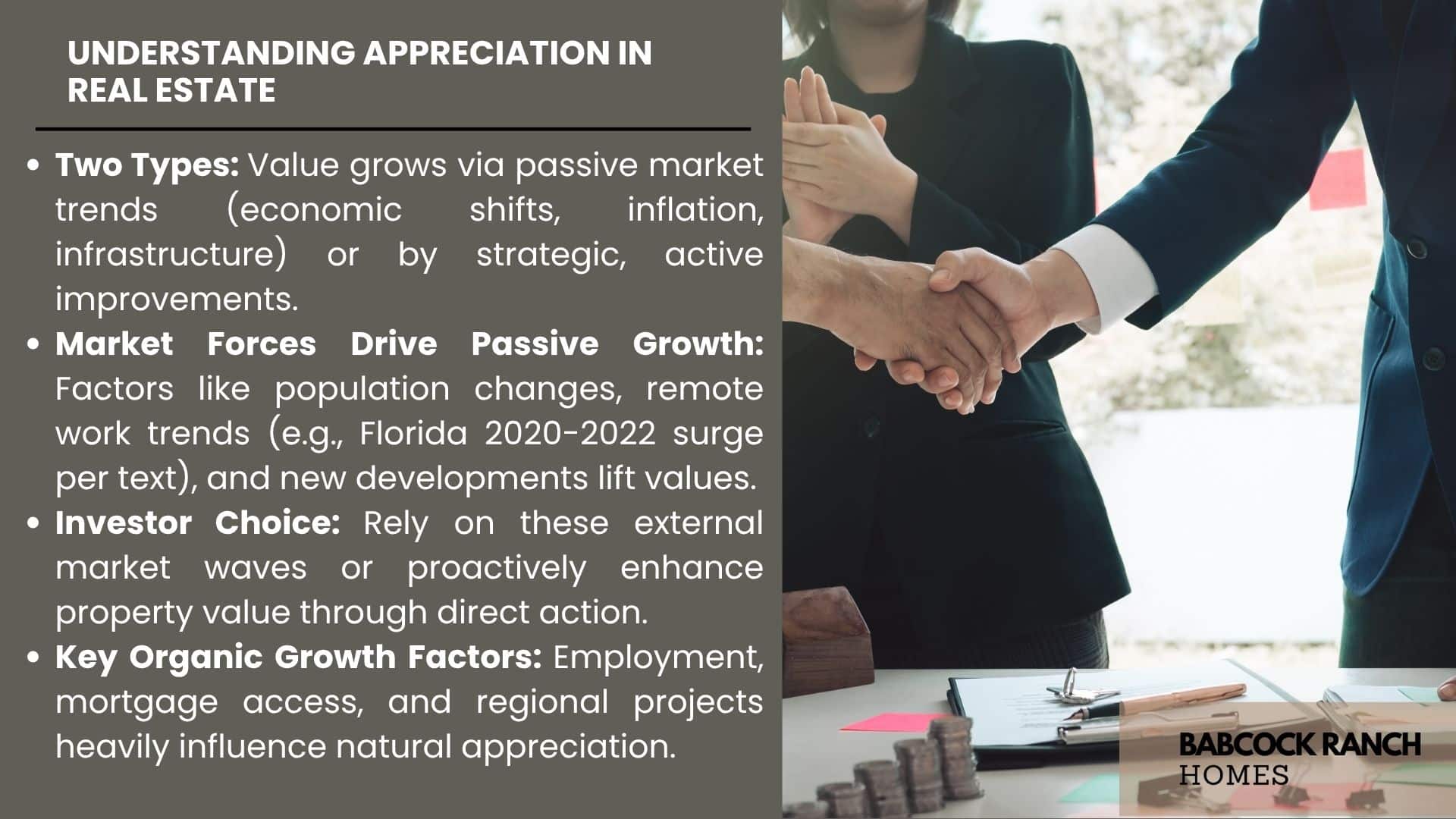
Passive Growth vs. Strategic Action
Economic shifts create opportunities and risks. Rising interest rates may cool buyer demand, while new schools or transit lines often boost desirability. Babcock Ranch Homes analysts note Florida’s coastal markets saw 22% value jumps from 2020-2022 due to remote work trends—a windfall for owners who timed purchases right.
Balancing External and Controllable Factors
Investors face two paths: ride market waves or create value. While location and rates shape baseline growth, upgrades like energy-efficient appliances or lease renegotiations directly impact returns. As one Babcock Ranch specialist puts it: “Waiting for appreciation works until it doesn’t. Smart planning builds resilience.”
Key influences on organic growth:
- Employment rates and local industry expansion
- Mortgage accessibility and lending policies
- Regional development projects
What is Forced Appreciation in Real Estate
Proactive investors don’t leave growth to chance—they engineer it. Unlike passive market shifts, this method involves deliberate upgrades and operational tweaks to elevate a property’s worth. At Babcock Ranch Homes, specialists use these tactics daily to transform Florida properties into income-generating assets.
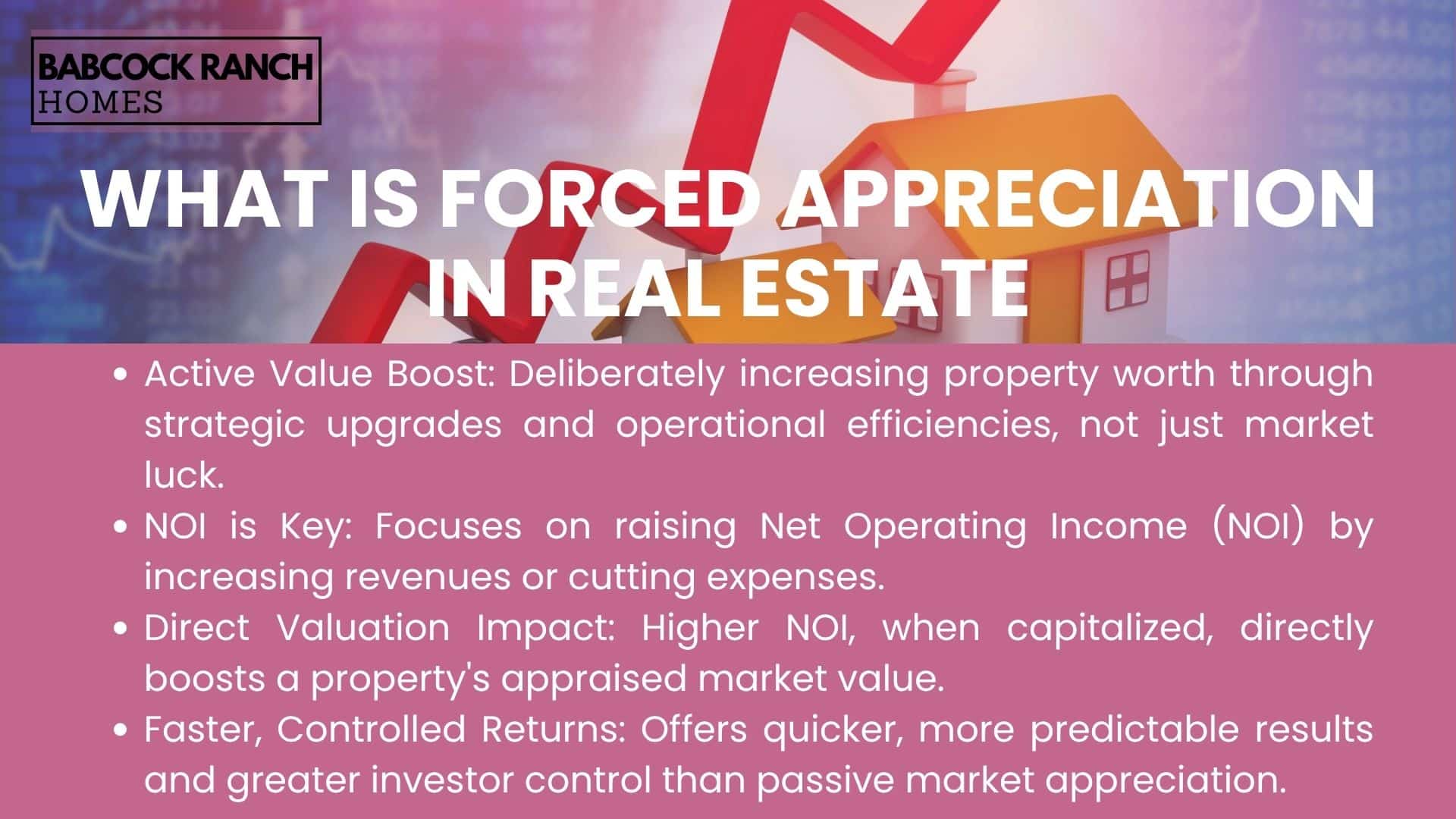
Defining Strategic Value Creation
Strategic value creation occurs when owners increase a property’s worth through controllable actions. For example, renovating kitchens in a rental complex can justify higher rents. Similarly, renegotiating vendor contracts lowers expenses. These moves differ from natural growth, which depends on external factors like neighborhood development.
The Role of Net Operating Income (NOI)
Net operating income determines a property’s valuation. Calculated as total income minus operating expenses, NOI directly impacts resale prices. A $50,000 annual NOI with a 7% cap rate values a property at $714,285. Boost that to $60,000, and the value jumps to $857,143—without waiting years for market trends.
| Factor | Natural Growth | Strategic Creation |
|---|---|---|
| Speed | 5-10 years | 6-24 months |
| Control | Market-dependent | Investor-driven |
| ROI Predictability | Low | High |
Commercial and residential examples prove this works. Office buildings increase income by adding co-working spaces, while single-family homes gain value through smart home tech installations. Master these fundamentals, and you’ll unlock faster, more reliable returns.
Strategies to Force Appreciation
Accelerating property value requires more than patience—it demands precise action. Babcock Ranch Homes specialists recommend three core methods to drive measurable growth: physical upgrades, income optimization, and expense management. Combining these approaches creates compounding benefits for real estate investing portfolios.
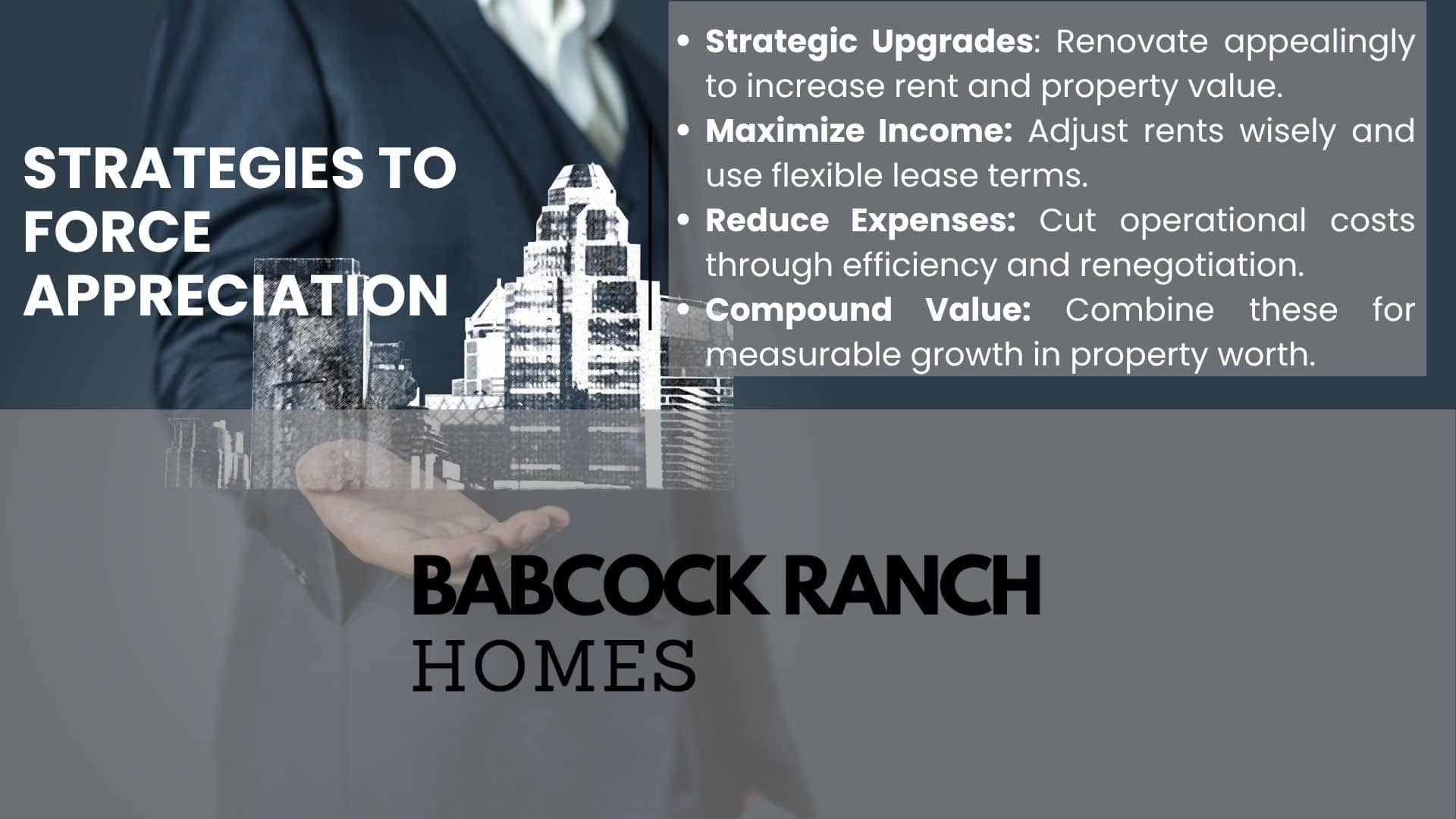
Making Strategic Home Improvements
Targeted renovations boost market price while attracting quality tenants. Converting unused basements into studio apartments or adding laundry facilities often yields 15-20% rent increases. Fresh paint and modern fixtures provide instant visual appeal, while energy-efficient windows lower utility bills. Focus on upgrades that align with tenant priorities:
- Kitchen remodels (45% average ROI)
- Smart home technology installations
- Outdoor living space enhancements
Optimizing Rental Income
Increasing rents requires balancing market rates with tenant retention. Annual 3-5% adjustments maintain competitiveness while preserving occupancy. Offer tiered pricing for premium features like garages or upgraded appliances. One Florida investor reduced vacancies by 30% through flexible lease terms and pet-friendly policies.
Reducing Operating Expenses Effectively
Trimming costs directly impacts net profits. Renegotiate landscaping contracts annually and install LED lighting for 60% energy savings. Preventive maintenance avoids costly emergency repairs—schedule HVAC checkups twice yearly. As one property manager notes: “Every dollar saved on expenses flows straight to your bottom line.”
| Strategy | Cost | NOI Impact |
|---|---|---|
| Bathroom Remodel | $8,000 | +$200/month |
| Solar Panel Installation | $15,000 | -$120/month utilities |
| Lease Automation Software | $50/month | +2% renewal rate |
Home Improvements to Enhance Property Value
Smart upgrades turn properties into profit engines. Targeted renovations not only boost resale potential but also attract tenants willing to pay premium rates. Babcock Ranch Homes frequently implements these strategies in Florida’s competitive market, where even minor changes yield outsized returns.
Renovation Projects with High ROI
Adding bedrooms or bathrooms consistently delivers strong returns. Converting a 3-bedroom home to 4-bedroom can increase rent by 20-25%. Bathroom additions offer 60-70% ROI, especially in markets with growing families. Kitchen remodels remain a top choice—Babcock Ranch specialists report $15,000 investments often yield $10,000+ annual rent increases.
| Project | Average Cost | Rent Increase |
|---|---|---|
| Bathroom Addition | $25,000 | 12-18% |
| Kitchen Update | $12,000 | $150-$300/month |
| Outdoor Patio | $8,000 | 9% ROI |
Enhancing Curb Appeal and Functional Spaces
First impressions drive leasing decisions. Fresh landscaping and updated exteriors help properties stand out. One Florida landlord increased occupancy rates by 40% after repainting exteriors and installing modern house numbers.
Functional spaces like laundry rooms or home offices add versatility. Convert unused attics into storage areas or transform garages into gyms. A Babcock Ranch manager notes: “Tenants pay more for homes that solve practical needs.”
Cost-effective updates with big impact:
- Replace outdated light fixtures ($200-$500)
- Install smart locks ($150/unit)
- Refresh cabinet hardware ($20/drawer)
These improvements work across estate investing sectors. Office buildings gain value through lounge areas, while retail spaces benefit from updated facades. Always align projects with local tax incentives and tenant preferences.
Operational Efficiency and Lease Restructuring
Maximizing property value isn’t just about renovations—it’s about smart operations. Savvy managers combine technology with strategic leasing to reduce costs and boost income. These methods turn everyday properties into high-performing investments.
Implementing Smart Property Management
Modern tools slash expenses while improving tenant experiences. Automated rent collection systems cut late payments by 65%, and smart thermostats reduce energy use by 20%. Babcock Ranch Homes specialists use predictive maintenance software to address repairs before they become costly emergencies.
| Traditional Management | Smart Approach | Annual Savings |
|---|---|---|
| Manual rent tracking | Automated platforms | $4,200/property |
| Reactive repairs | Predictive analytics | $1,800/property |
| Paper leases | Digital document storage | $300/property |
Adjusting Lease Terms for Better Returns
Lease structures directly impact cash flow. Shorter terms allow frequent rate adjustments, while longer leases ensure stability. Offering 18-month agreements with 3% annual increases balances both needs. One Florida complex reduced vacancies by 25% after adding flexible move-out clauses.
Three lease strategies for optimal returns:
- Graduated rent increases (2-4% annually)
- Pet fees instead of outright bans
- Early renewal discounts
These operational improvements create compounding benefits. Lower expenses and higher occupancy rates work together to elevate net operating income—key to accelerating property valuations.
Measuring and Calculating Forced Appreciation
Numbers tell the true story of property performance. Owners and investors use concrete metrics to track progress and validate decisions. Two financial tools dominate this process—cap rates and net operating income (NOI).
Understanding Cap Rates in Real Estate Investing
Capitalization rates measure a property’s potential return relative to its price. The formula is simple: Cap Rate = NOI / Current Market Value. A $700,000 property generating $50,000 annual NOI has a 7.14% cap rate.
| NOI | Market Value | Cap Rate |
|---|---|---|
| $45,000 | $600,000 | 7.5% |
| $60,000 | $800,000 | 7.5% |
| $55,000 | $785,714 | 7% |
Calculating NOI to Estimate Investment Value
Net operating income separates profitable properties from money pits. Start with total rental income, then subtract operating expenses like taxes, insurance, and maintenance. For example:
| Income/Expense | Amount |
|---|---|
| Monthly Rent | $4,200 |
| Vacancy Loss | -$210 |
| Property Taxes | -$600 |
| Total NOI | $3,390/month |
Multiply monthly NOI by 12 to get annual figures. This amount directly determines property value when divided by local cap rates. A $40,680 NOI in a 6% cap rate market equals a $678,000 valuation.
Common challenges include accurately tracking expenses and predicting maintenance costs. Property management software helps owners avoid guesswork. As one Florida investor notes: “Miscalculating NOI by 10% can overvalue your asset by $100,000.”
Mastering these calculations empowers investors to quantify their strategies. Whether evaluating renovations or comparing properties, financial literacy turns raw data into actionable insights.
Case Studies and Real-World Examples
Concrete results prove the power of strategic property enhancements. These success stories demonstrate how targeted upgrades and operational shifts deliver measurable growth across asset types.
Success Stories from Residential and Commercial Projects
A Tampa multifamily complex increased net operating income by 37% within 18 months. Owners modernized units with quartz countertops and smart thermostats, raising rents 22%. They also renegotiated waste management contracts, cutting annual expenses by $18,000.
In Orlando, a struggling retail plaza transformed its fortunes through lease restructuring. Property managers introduced percentage-based rents for anchor tenants while adding pop-up spaces for local vendors. Vacancies dropped from 40% to 12%, boosting overall value by $2.1 million.
| Project Type | Key Strategy | Cost | Outcome |
|---|---|---|---|
| Multifamily (FL) | Unit Modernization + Vendor Negotiation | $310,000 | 29% Annual ROI |
| Retail Plaza (TX) | Lease Flexibility + Tenant Mix Optimization | $85,000 | 18% NOI Increase |
| Office Complex (GA) | Co-Working Spaces + Energy Upgrades | $220,000 | 41% Valuation Jump |
Lessons Learned and Key Takeaways for Investors
Three patterns emerge from successful projects:
- Focus on upgrades tenants see and use daily
- Bundle service providers for bulk pricing discounts
- Align lease terms with market demand cycles
One real estate investor shares: “We initially overspent on lobby renovations. Redirecting funds to in-unit washer/dryers delivered 3x better returns.” This underscores the importance of prioritizing functional improvements over cosmetic changes.
Key metrics to track:
- Cost per square foot of renovations
- Tenant retention rates post-upgrades
- Time-to-lease for improved units
Conclusion
Building lasting wealth through real estate demands both insight and action. While natural appreciation relies on market trends, strategic upgrades let investors actively shape their returns. This approach transforms rental properties into high-performing assets through controllable improvements.
Key strategies covered—from modernizing units to optimizing lease terms—directly boost property values. Reducing operating expenses through smart management further elevates net operating income (NOI), while cap rates provide clear metrics for evaluating success. These methods work whether enhancing a single-family home or managing commercial portfolios.
Babcock Ranch Homes exemplifies this proactive philosophy. Their Florida specialists combine local market knowledge with data-driven upgrades, helping clients achieve faster growth than passive market reliance allows. For tailored guidance on maximizing your asset’s potential, contact their team at 518-569-7173.
Investors ready to accelerate returns should prioritize value property enhancements today. Small operational tweaks and calculated renovations compound over time, creating resilient income streams. Partnering with experts ensures your strategies align with current trends and long-term goals.

